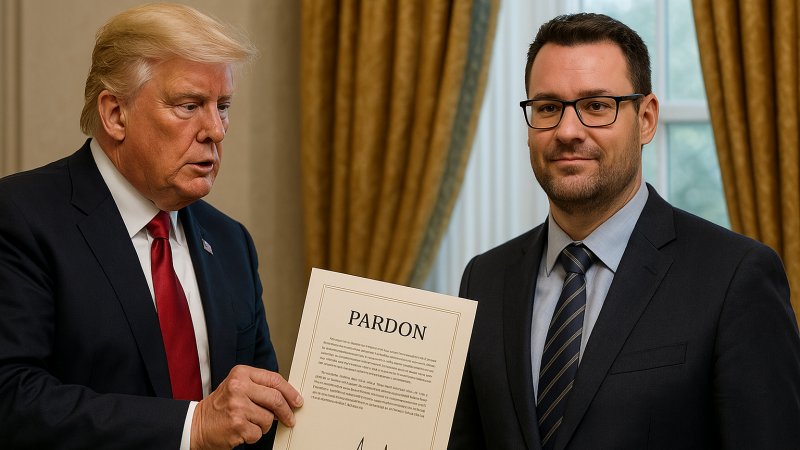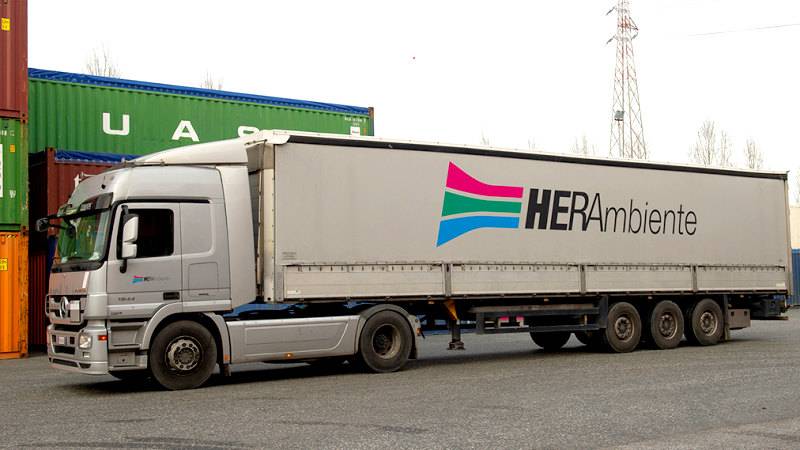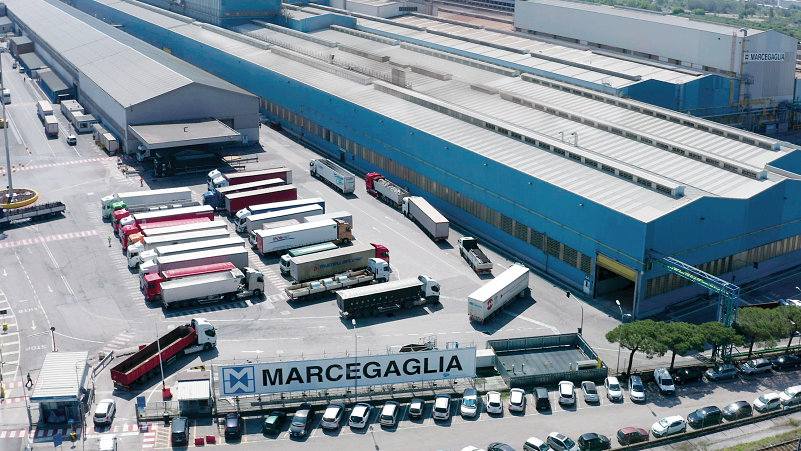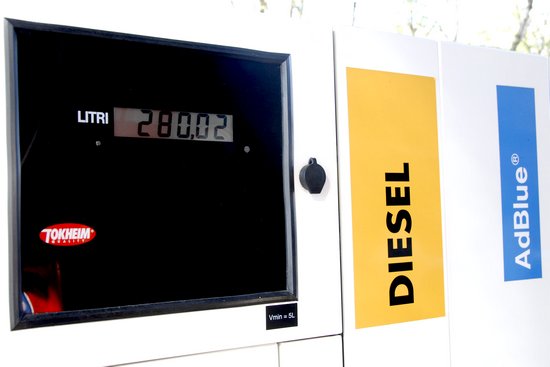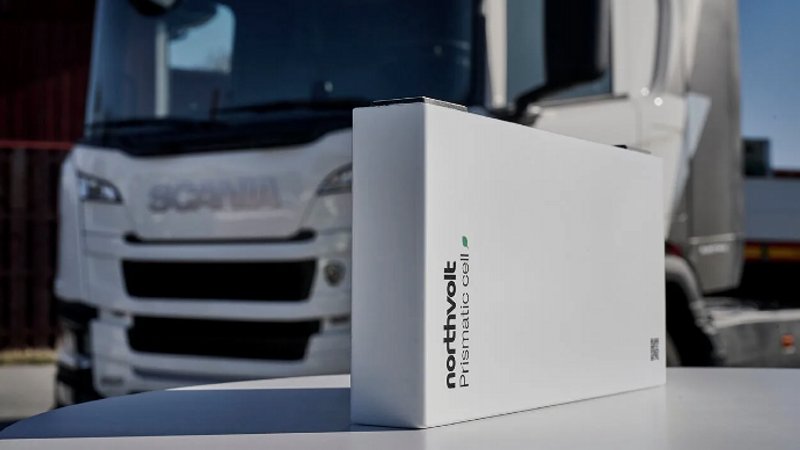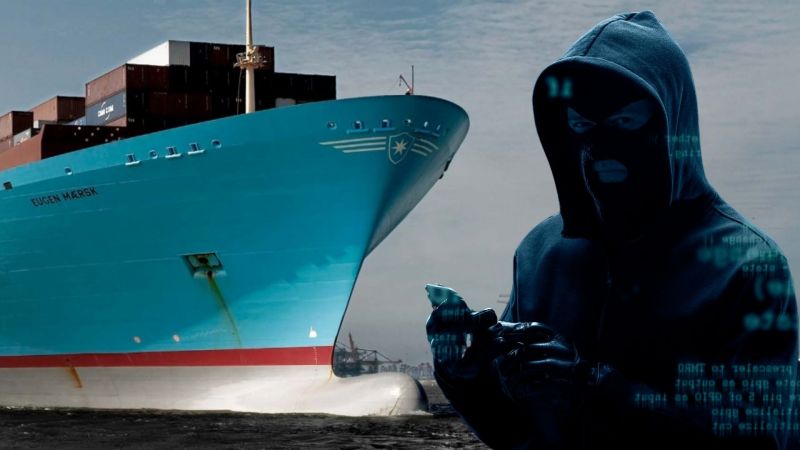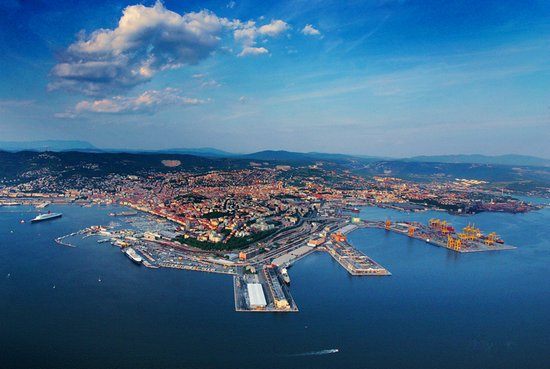The Trump administration announced in February 2025 two measures aimed at countering Chinese shipyards and reducing reliance on foreign-flagged cargo vessels for the transportation of American goods. The plan consists of two key provisions: a tariff of up to one million dollars for every China-built ship docking at a US port and a phased mandate requiring US exports to be transported on American-flagged vessels. According to Bloomberg, initially, at least one percent of US exports will have to be carried on ships registered under the US flag and operated by domestic companies. This threshold will gradually increase to 15% over the next seven years, followed by additional requirements stipulating the use of vessels built in the United States.
These measures extend the principles of the Jones Act, a federal law that already mandates the use of American ships for cargo transportation between domestic ports. The initiative stems from the fact that over the past 25 years, China has consolidated its position as the global leader in commercial shipbuilding, increasing its market share from less than 5% in 1999 to over 50% in 2023. Currently, Chinese companies own 19% of the world’s commercial fleet and dominate the container manufacturing industry, controlling 95% of the market.
This situation has sparked growing concerns in the US over excessive dependence on Chinese infrastructure for global trade. According to a report by the Office of the United States Trade Representative (USTR), China has achieved its dominant position through an aggressive strategy of underpricing, low labour standards, and state subsidies, which have undermined international competition. In contrast, the US shipbuilding industry ranks only 19th worldwide and produces fewer than five vessels annually, whereas China constructs more than 1,700 per year.
The proposed measures, however, come with significant drawbacks, chief among them being higher transportation costs to and from the United States, which could be passed on to end consumers. Retailers have already voiced concerns over the potential impact on the prices of imported goods and global supply chains. Furthermore, there is uncertainty over whether these policies will be sufficient to revitalise the US shipbuilding industry, which has remained weak despite more than a century of protective measures.
As the tariffs on Chinese ships apply solely to those built in China and given that the US shipbuilding industry is not currently equipped to replace them in the short term, the plan could inadvertently grant a competitive advantage to shipyards in South Korea and Japan. These countries already stand alongside China at the forefront of the global shipbuilding sector. The proposals will now enter a public consultation phase, with a hearing scheduled for next month.




